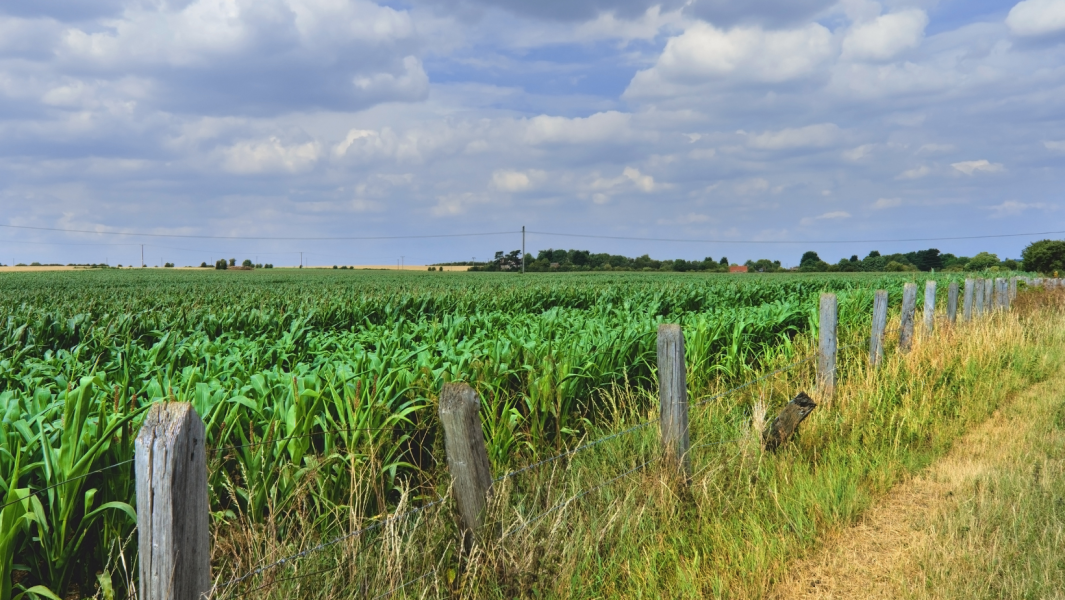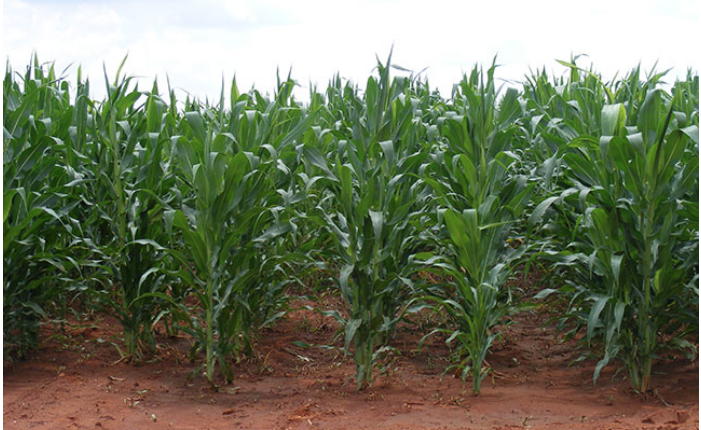Archives
- Home
- News
- Posts
- Farmers Weekly
- ‘Tight margins call for prudent spending by SA’s farmers’
‘Tight margins call for prudent spending by SA’s farmers’
- Farmers Weekly
-
Sep 28
- Share post

Despite the current high commodity prices, farmers should be prudent when spending money this year.

Maize yields are a good barometer of overall crop performance, and projections for maize have improved slightly from the 14,53 million tons anticipated at the start of 2022, to the 15,02 million tons currently forecast, according to Paul Makube, senior agricultural economist at FNB Agribusiness.
While the anticipated harvest was slightly lower than the previous season, volumes were still significantly higher than the 10-year historical average, and given that domestic consumption typically averaged about 11,8 million tons, “there would be a healthy surplus to export”, he said.
Margins, nevertheless, remained tight despite high commodity prices.
“There have been signs of a slight economic reprieve in terms of moderation in global food inflation and fuel prices coming down a little, but it is still too early in the current inflationary cycle to say whether these events signal the end of the upward trend [in price increases].
“Also, there is a significant lag before inflationary trends filter through to the industry, so margin pressures are likely to continue for some time to come. Farmers, therefore, would be well advised to temper their optimism with a good pinch of realistic expectations, and exercise caution as we go into the new planting season,” Makube said.
Dawie Maree, head of agricultural information and marketing at FNB Agribusiness, agreed: “Cautious spending is probably the best policy for everyone in the agriculture sector right now as we are entering a cycle of rising interest rates.
Maree was quick to add that this did not mean farmers should not be investing in the future of their operations, explaining that they should be doing so in a measured way.
“Buy in cash if you can, and ensure that you will be able to afford repayments if the interest rates should increase when using financing.”
In short, he said, “focus on good debt, in other words debt used to move your business or farm forward, and not on nice to haves or dead assets, such as beach houses, while focussing on cost containment where possible”.
He stressed that farmers also needed to know their limits: “Don’t buy the most expensive tractor with the best technologies, if your farm size does not justify it.”
And, save money to create a financial buffer for when conditions become less favourable, as they eventually will because of the cyclical nature of farming, he added.
Maree pointed out that the inputs for the coming summer season would be significantly more expensive than what they had been in the current season, and stressed that commodity prices may not remain at the present high levels.
Various savings solutions were available from banks and companies, including 24-hour cash investment and share options, he said.
Maree advised farmers to seek assistance from a financial advisor to help them create a savings or investment portfolio that met their individual needs.
Andries Theron, a farmer in the Swartland region and vice chairperson of the Canola Specialist Committee, said that despite wheat prices trending above R7 000/t at the moment, farmers in the winter rainfall area were facing a very tough season.
“Dry climatic conditions have turned this year into a survival year for most farmers in the Swartland and Southern Cape [regions]. There won’t be money to invest in new technologies and implements. This year, farmers will have to do everything they can to just try and keep what they’ve got.”
He added that the outlook for the coming summer rainfall season was also not “that bright, as wet conditions, associated with the La Niña weather phenomenon were expected to reoccur in the upcoming season.





